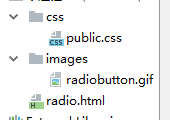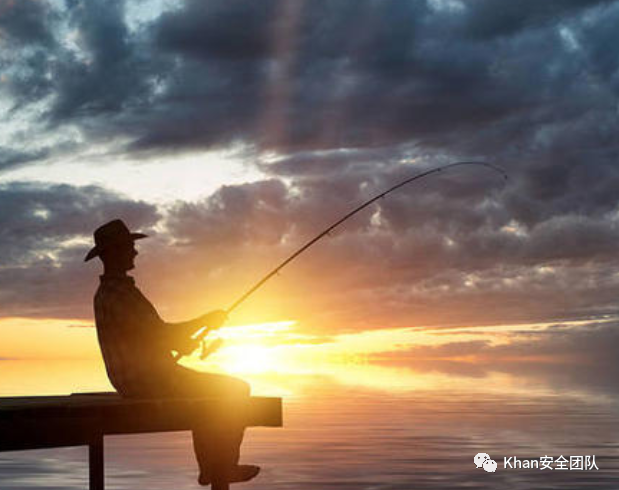I'm trying to make this corner radius image...it's not exactly the same shape of the image..any easy answer instead of trying random numbers of width and height ?
thanks alot

let rectShape = CAShapeLayer()
rectShape.bounds = self.mainImg.frame
rectShape.position = self.mainImg.center
rectShape.path = UIBezierPath(roundedRect: self.mainImg.bounds, byRoundingCorners: [.bottomLeft , .bottomRight ], cornerRadii: CGSize(width: 50, height: 4)).cgPath
You can use QuadCurve to get the design you want.
Here is a Swift @IBDesignable class that lets you specify the image and the "height" of the rounding in Storyboard / Interface Builder:
@IBDesignable
class RoundedBottomImageView: UIView {
var imageView: UIImageView!
@IBInspectable var image: UIImage? {
didSet { self.imageView.image = image }
}
@IBInspectable var roundingValue: CGFloat = 0.0 {
didSet {
self.setNeedsLayout()
}
}
override init(frame: CGRect) {
super.init(frame: frame)
doMyInit()
}
required init?(coder aDecoder: NSCoder) {
super.init(coder: aDecoder)
doMyInit()
}
func doMyInit() {
imageView = UIImageView()
imageView.backgroundColor = UIColor.red
imageView.contentMode = UIViewContentMode.scaleAspectFill
addSubview(imageView)
}
override func layoutSubviews() {
super.layoutSubviews()
imageView.frame = self.bounds
let rect = self.bounds
let y:CGFloat = rect.size.height - roundingValue
let curveTo:CGFloat = rect.size.height
let myBezier = UIBezierPath()
myBezier.move(to: CGPoint(x: 0, y: y))
myBezier.addQuadCurve(to: CGPoint(x: rect.width, y: y), controlPoint: CGPoint(x: rect.width / 2, y: curveTo))
myBezier.addLine(to: CGPoint(x: rect.width, y: 0))
myBezier.addLine(to: CGPoint(x: 0, y: 0))
myBezier.close()
let maskForPath = CAShapeLayer()
maskForPath.path = myBezier.cgPath
layer.mask = maskForPath
}
}
Result with 300 x 200 image view, rounding set to 40:

You can try with UIView extension. as
extension UIView {
func setBottomCurve(){
let offset = CGFloat(self.frame.size.height + self.frame.size.height/1.8)
let bounds = self.bounds
let rectBounds = CGRect(x: bounds.origin.x,
y: bounds.origin.y ,
width: bounds.size.width,
height: bounds.size.height / 2)
let rectPath = UIBezierPath(rect: rectBounds)
let ovalBounds = CGRect(x: bounds.origin.x - offset / 2,
y: bounds.origin.y ,
width: bounds.size.width + offset,
height: bounds.size.height)
let ovalPath = UIBezierPath(ovalIn: ovalBounds)
rectPath.append(ovalPath)
let maskLayer = CAShapeLayer()
maskLayer.frame = bounds
maskLayer.path = rectPath.cgPath
self.layer.mask = maskLayer
}
}
& use it in viewWillAppear like methods where you can get actual frame of UIImageView.
Usage:
override func viewWillAppear(_ animated: Bool) {
//use it in viewWillAppear like methods where you can get actual frame of UIImageView
myImageView.setBottomCurve()
}




